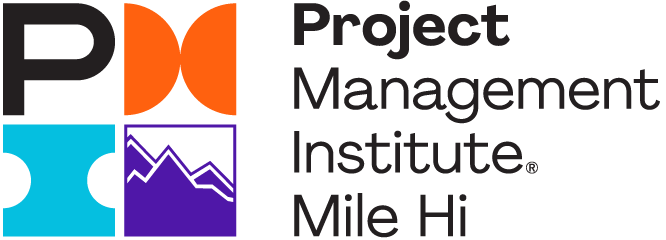24 August 2018 at 12:00AM
7 Reasons to Use SCRUM in Your Team Management
Scrum is a popular Agile methodology and is perhaps the number one framework when it comes to iterative software development. Scrum is currently the most widely used Agile framework. A Scrum is a specific approach that is implemented for team management purposes when developing software.
The real definition of scrum is that it is a methodology that helps people to handle intricate adaptive issues, while effectively and innovatively providing high-quality products.
A Scrum framework may not provide in-depth and complete guides on how the software development process is conducted by software developers. This is why a Scrum software development team is required since its experts are knowledgeable when it comes to addressing any problems encountered throughout the development process.
Seven Reasons
In this post, we’ve compiled a list of seven reasons to use SCRUM in your team management.
1. Freedom of Operation
Scrum as a framework defines the roles, artifacts and evens and whether there are rules to be followed. Within a Scrum, you can use numerous tools and techniques. Note that you cannot change the Scrum framework and so you must apply it as a whole so that it can work effectively and house other methodologies and practices. It is crucial to understand that it is possible to apply only some parts of the Scrum framework; however, the outcome won’t be Scrum.Scrum offers freedom in that it limits the tools to use and the application of the framework.
2. Power to People
Everyday decisions- this where many things happen. Scrum supports day-to-day decisions. When at the sprint the developers are given the freedom to work without being interfered. Communication is made in a continuous manner within the team since short status meeting that is conducted makes team members be aware of the daily goals and progress.
3. Constant Progress
During the Sprint review team members get feedback from customers, and then a retrospective meeting is held. In the meeting, members talk about what went well and what needs to be improved. Whenever there is something to improve in which case there is, the most important improvement suggestions are considered first to be improved during the next sprint.
4. Emphasis on Delivery
The greatest thing about scrum is that it ensures something of value is delivered to customers earlier in the process and then constantly at consistent intervals during the course of a project. The customer sees the product early, provides some suggestions on the way it is being developed and improvements are made constantly. Scrum makes the progress of your project to be visible throughout until a product is delivered to the customer.
5. Constant Learning
Throughout and at the end of the sprint, scrum members usually review the achievements and failures of the sprint with the aim of improving the coming sprint.The team advances as the project continues to progress. A successful project is delivered by meeting deadlines and incorporating feedback from customers.
6. A Flexible Team
Unlike the traditional waterfall model in project management, scrum teams are more flexible when it comes to developing business goals and varying requirements. The waterfall model follows a sequential approach.Work is done in a sequential manner, from one stage to another. Scrum makes a team be flexible and productive; there is transparency of flaws, so teams can go back and address a problem when it occurs.
7. Customer Centered
Scrum ensures customers are in the focus. In this case, the customer is placed at the core of the development process. Team members use customer feedback during the development process. This makes the team meet the needs of the customers and provide products of value to them.
Final Words
Scrum is a framework meant to enhance the productivity of a team, responsiveness to customers and offers freedom of implementation. Scrum is easy to learn and use and brings more benefits to a company and to the customers as well as the Scrum team.
Additional Resources
Check out this post by Ben Aston on the 11 best scrum tools to increase your team's productivity. He run's down some of the best software options your team can use to implement scrum easily and effectively.
Interested in learning more about topics like this one? Check out upcoming events on our chapter calendar. Sign up for one of our upcoming meetings, roundtables, or workshops – a selection of which are virtual. Earn your PDUs through PMI Mile Hi Chapter!
About the Author
Chris Richardson is an editor at https://www.essaygeeks.co.uk. He is also a professional content writing expert in such topics as career growth, self-improvement, blogging, and technology innovations. Feel free to connect with him on Google+.



